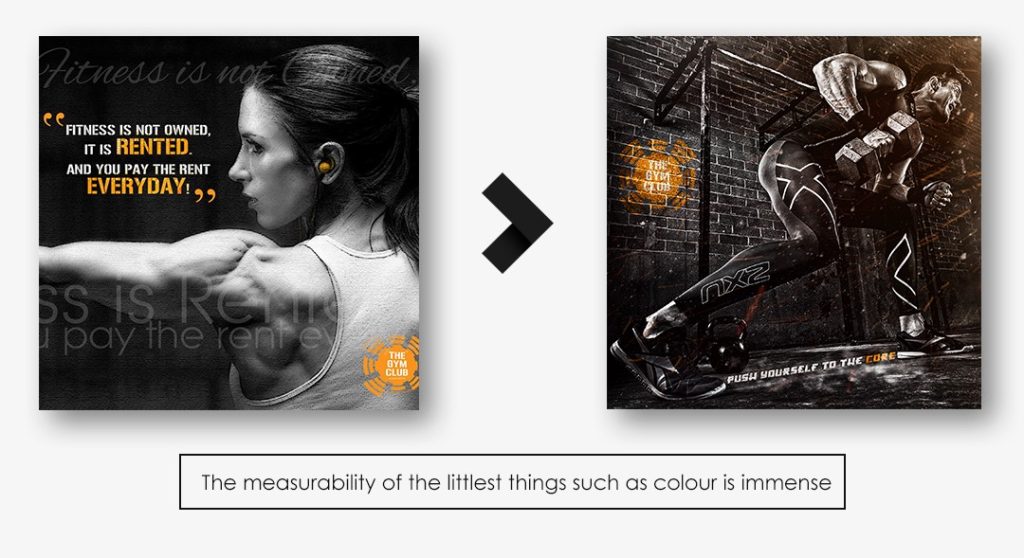Why everyone’s pursuing an adaptive Brand Identity strategy?
Brand Identity is an envelope term used to describe everything visual about a brand — the logos, taglines, colors, typefaces and pretty much anything that you create a tangible representation of a brand with. Brands would earlier pursue consistency in their Identity, hoping to tell one solid story to a large heterogeneous audience. But now when attention spans are short and innovation has one-upped legacy, brands are looking to establish themselves as flexible and ‘in’ with their audiences.
New Visual Canvases
The Identity system of an old-world brand will have a limited number of elements to start off with, this includes the Logo(s), colour palette and fonts; but by identifying the right visual cues, a brand can set itself up for dynamism. Take Social Media for instance, just the right playground to set up an extended visual language. While your Social Media content can and should have a degree of ‘guideline’ –ing, internet audiences are more than open to new imagery. If played out correctly, Social Media can even become your brand’s visual testing ground.

Trends on trends on trends
Constantly-evolving content formats, coupled with audiences with chronic FOMO means your brand has to be on its toes to stay in vogue. The key idea is to churn out content which has high latent sharability or ‘virality as everyone likes to say. From a visual point of view your brand will have to make some room for what’s popular.

Data for days
It is an accepted truth that the way forward for marketing is in the numbers. Data is available for just about everything and adapting to this data is inevitable, much akin to a ship on high tide. Your brand’s visual identity can benefit too — from A/B testing to sentiment analysis, you have a plethora of studies to carry out for your visual identity and adapt accordingly.

You’re changing
At the end of the day your brand isn’t scripture set in stone but just a projected thought. Unless the core values of your brand dictate absolute functional uniformity (like a government brand), it will have to accept change as a given, only because people make a brand, not a product. At a time when startups are bravely taking on the status quo, change naturally becomes part of the ether and now strict brand guidelines can spell doom for your brand. We’ve seen big brands turn their logos flat over a span of few months and even bigger brands (think eCommerce) change their website one element at a time over a year — change really is the only constant.

